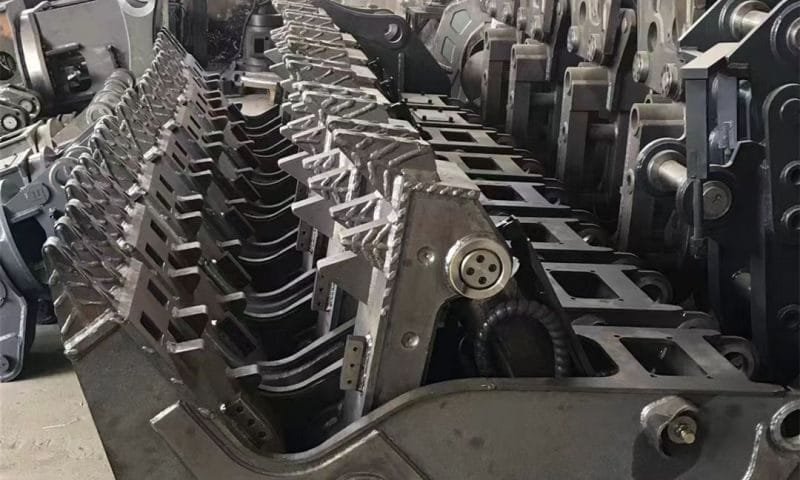
UK Customer’s Favorite Choice: PESCO Vehicle Dismantling Machine
2024-09-23
The PESCO Steel Grabbing Machine: A Superior Choice
2024-10-14The hydraulic press is a powerful tool known for its ability to exert enormous force and crush a wide variety of materials. But when it comes to diamonds, the situation is more complex.
The Power of the Hydraulic Press
A hydraulic press works by using hydraulic fluid to generate a force that can be applied in a controlled manner. It can produce extremely high pressures and is capable of crushing many materials that are considered relatively strong. However, when faced with a diamond, the outcome is not straightforward.
What Happens When a Hydraulic Press Meets a Diamond
In theory, if the force applied by the hydraulic press is sufficient and evenly distributed, it is possible to cause some degree of deformation or even fracture in a diamond. But in practice, it is extremely difficult. Diamonds are not only hard but also have a certain degree of toughness, which means they can resist sudden impacts and fractures to some extent.
When a hydraulic press is applied to a diamond, the diamond may initially resist the pressure. As the force increases, it may start to show signs of stress. Small cracks or deformations could potentially occur, but it would require an incredibly high pressure and a precise application to achieve significant damage.
Moreover, the shape and orientation of the diamond also play a role. A diamond with a more favorable crystal orientation may be slightly more resistant to crushing compared to one with a less favorable orientation.
Experimental Evidence and Research
There have been some experiments and research attempts to study the interaction between hydraulic presses and diamonds. In some cases, diamonds have been subjected to high pressures in a controlled laboratory setting using hydraulic presses. These experiments have shown that while it is possible to cause some changes in the diamond’s structure, completely crushing it into a powder or destroying it entirely is a challenging feat.




